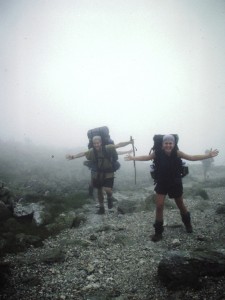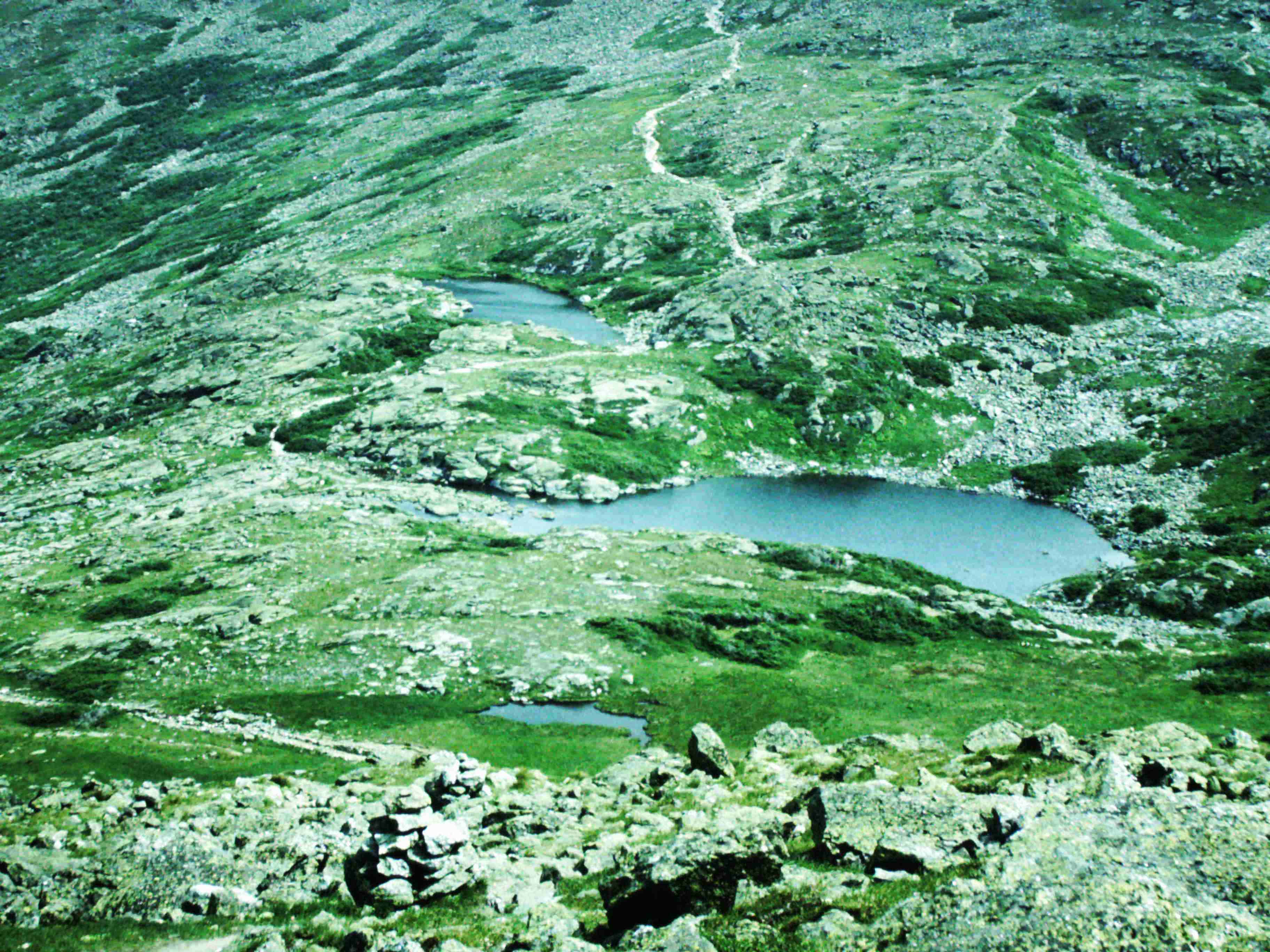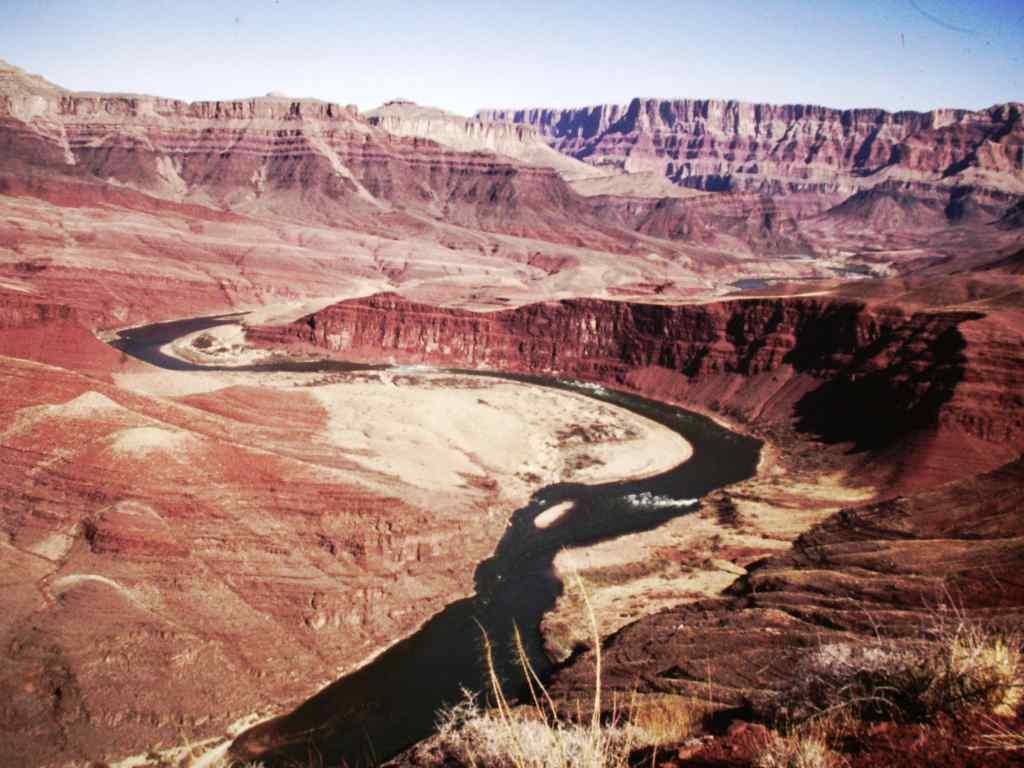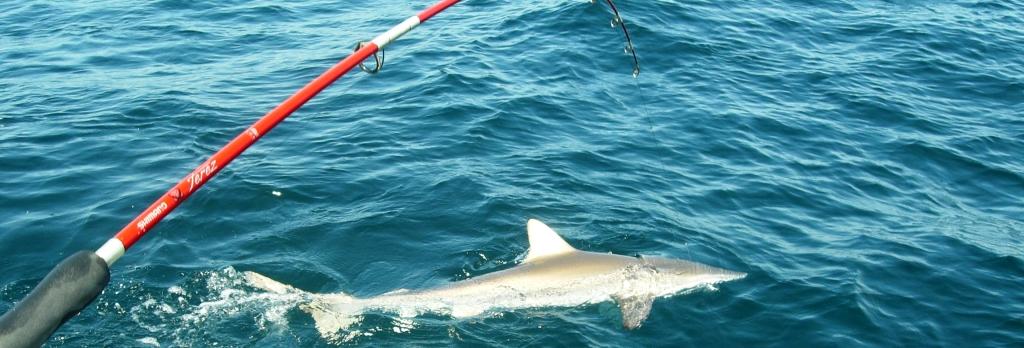The battered but bright yellow sign is as subtle as a baseball bat to the side of the head.
“STOP!” it says (in all caps.) “The area ahead has the worst weather in America. Many have died there from exposure, even in the summer. Turn back now if the weather is bad.”
The warning is not overblown. At 6,288, the Granite State’s Mt. Washington is a mere footnote on a list of the world’s major peaks. But as the highest point for a thousand miles in any direction, Mt. Washington is a bull’s-eye target for jet-stream-fueled fronts hurtling in from the Midwest, Arctic cold fronts pressing down from Canada, and storms barreling up the East Coast. It can hold its own with weather anywhere in the world.
In Your Bucket Because…
- The place that boasts the worst weather in the world also happens to have some of the East Coast’s most spectacular high mountain views.
- This is one of the only places in the East you can day-hike or even drive to an above-tree-line Arctic-alpine ecosystem.
- Good for strong hikers and adventurers with mountain sense and adequate equipment.
The Worst Weather Weather in the World

Some facts:
- The wind speeds here make NASCAR racers seem like turtles: 231 miles per hour was recorded at Mt. Washington’s summit in 1934, and windspeed, frequently top 100 mph.
- The Mt. Washington Weather Observatory, a non-profit research institution, records hurricane force winds more than 100 days per year.
- Blinding fog is observed 300 days a year.
On the summit, there is a list of the more than 100 people who have died on, or in the area immediately around, New Hampshire’s Mt. Washington. By the time you read ths, chances are the list will have grown even longer.
I still remember my first visit to Mt. Washington: I was nine years old, and it was the first time in my life I’d been on anything resembling a real mountain, the first time I’d been above treeline. I hadn’t even known what treeline meant when I walked out into the thick fog onto the rocky landscape where the only sign of life was the occasional lichen. That, and the even more occasional backpacker emerging from the mist. They seemed like larger-than-life heroes, superhumans striding over the boulder-strewn landscape. I wanted to follow.
The” primacy effect” means that what we are exposed to first, when we are young, is what we remember most vividly,. I have climbed Mt. Washington many times since then, but that first trip is the trip I remember best. I remember learning the remarkable facts about treeline, and how something akin to Mt. Washington’s summit ecosystem could be found at Canada’s Hudson Bay. I remember learning you could occasionally see the ocean from the summit — though I never have. I remember learning about the Appalachian Mountain Club huts, where hikers can sleep and get full family-style dinners. I remember the vast openness of one of the only true above-treeline alpine experiences in the Eastern States. Most of all, I remember that list of the mountain’s victims.
Standing outside in that fog, barely able to see an 8-foot tall cairn only 20 feet away, I understood for the first time that mountains can kill.
These days, along with my backpack, I carry that memory with me every time I go up that mountain and see that sign. It’s not that the nice folks at the ranger station really want to take the place of our moms or our scoutmasters: They just want to keep us alive.
Hiking Safety in New Hampshire’s White Mountains
Always check a weather forecast, but remember that weather on Mt. Washington can change in minutes from mild to murderous. Never climb the mountain without extra layers of clothing, rain gear, a hat, and gloves: Hikers have died of hypothermia on Mt. Washington even in the middle of summer. Inexperienced hikers should travel in a group, and should leave an itinerary with friends and family.
If you are day-hiking around the summit, be sure you have a rain jacket, and good footwear. It can’t be emphasized enough: The weather can change in seconds here, leaving an ill-equipped day-hiker stranded and lost, even a short distance from safety.
Note that you don’t have to climb Mt. Washington to see its 100-mile views: An auto road, a tour bus, and the 140-year old Cog Railway (billed the “world’s first mountain climbing train” when it was introduced in 1869), can all get you to the top much faster, and a great deal more safely.
Mt. Washington may “only” be 6,288 feet high, but when it comes to fierce mountains, size isn’t everything.
Practicalities
- Hiking trails to the summit include several routes, among them the Appalachian Trail, which makes a traverse of the Presidential Range.
- Backpackers on a multi-day trip must stay in the huts that are owned and operated by the Appalachian Mountain Club (food, bunks, and blankets provided). Or, hikers can camp on tent platforms in specially designated camping areas near the huts.
- Reservations should be made in advance, because the rules and capacity limits are rigorously enforced. Space is sometimes available on a first-come first-served basis, but many of the huts and camping platforms fill quickly in the summer months, and latecomers without reservations will be told to hike to another site or descend the mountain.
Updated and republished in 2020. And yes, the list of people who have died on this mountain has gotten longer since the article was first published in 2012.




This mountain has been on my bucket list. I have been doing some research. It has been my understanding that a number of people have died on this mountain because they were not prepared for the changing weather.
If I understand it correctly it is the most deadly mountain in the lower 48 states for those who climb it.
My wife and I always go well prepared with all the necessary gear for quickly changing conditions.
How would Mount Washington compare to hiking the 12,000 ft peaks of Colorado?
Thank you,
James Anderson
Less danger from, altitude sickness, obviously. Other than that, I would say it’s comparable in terms of variability of weather. The trail is more difficult…more scrambling over rocks than is typical in Colorado.